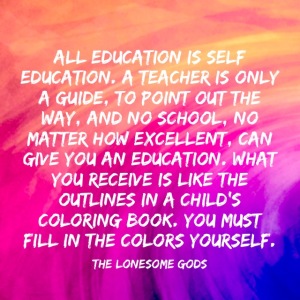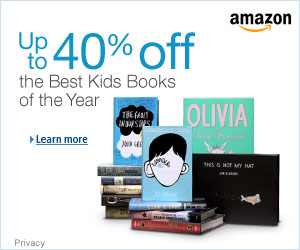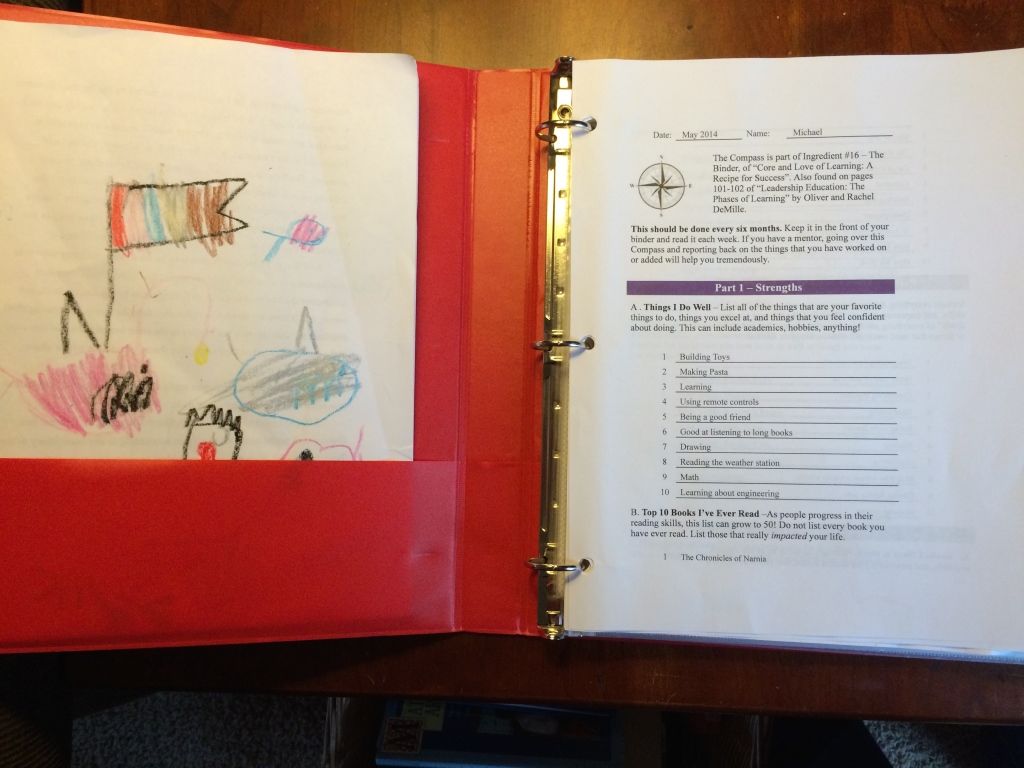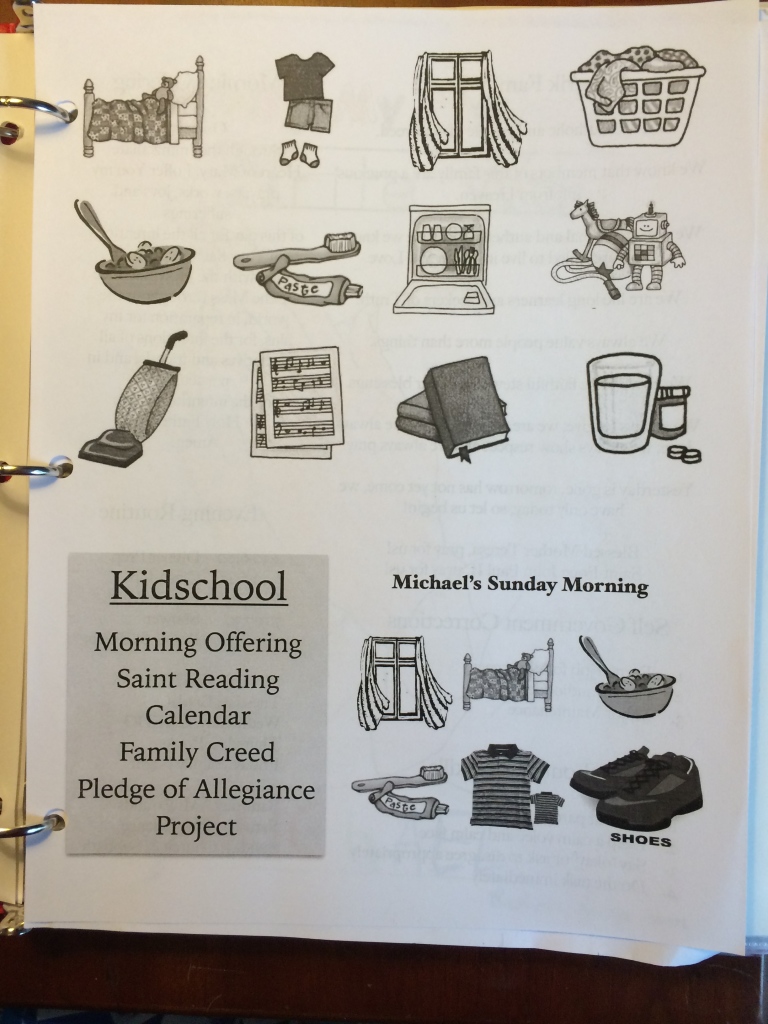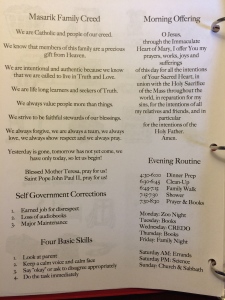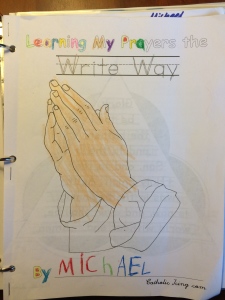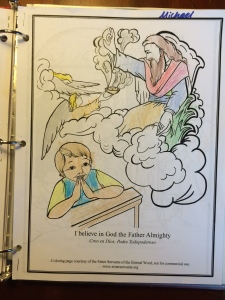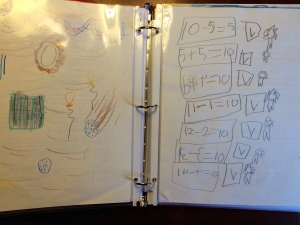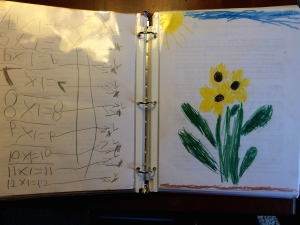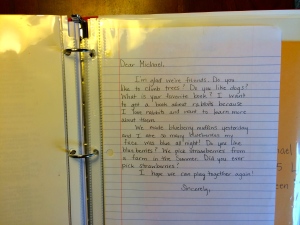You have no items in your cart.
Filling In The Colors Themselves

George McDonald is an often forgotten and overlooked author who inspired authors like CS Lewis and J.R.R. Tolkien. MacDonald was a short-time minister, theologian, lover of literature and a pretty amazing children’s fantasy writer.
In the mysterious, fantastic and allegorical children’s book the Princess And The Goblin, we meet an innocent and virtuous young princess who has a magical grandmother. When another young hero, Curdie, needs rescuing, Irene is given a magical thread by her grandmother that will help her find Curdie and lead him out of the maze of tunnels and back into safety. As Irene finds out, however, the thread is invisible to Curdie. Using the string to find their way out of the tunnels, the two young heroes leave the trap set by goblins and begin the process of saving everything that matters.
So often in our homeschooling journey, we are given thread that is invisible to others, delicate, and impossible to use without great faith. If, however, we believe in the inspiration that we are given, we are able to see a thread of inspiration in our children and their path of study that will lead us into a very good place for them. Seeing the thread is easier some days than others. Thankfully, we can use some tools to help us remember the thread for those days when we find it hard to see.
Getting started in TJEd can be overwhelming. It can be exciting and confusing all at the same time. If you walk into TJEd the “right” way (the way that is mapped out in the 7 Keys Certification) it is probably a bit less overwhelming and disorienting. For most of us, however, we found our way into TJEd, read the books out of order, are ready to get our hands dirty and are now wondering: “how do I really get started?”
The veterans will tell you to stop over thinking. Sit down. Read a book. Any book. Preferably a classic. Good advice. Then what?
Well, if you have read Leadership Education: The Phases of Learning or you have listened to the presentation: Core and Love of Learning, you probably know that you are supposed to use the 7 Great Keys of Instruction and start applying the ingredients of a Leadership Education home culture (LE:TPOL).
One of my very favorite ingredients of Leadership Education: The Phases of Learning is Ingredient #16: The Binder because it is a tool that helps us feel secure when we jump off of the conveyor belt. It has conveyor belt like properties – records, proof of work and goal setting. It is TJEd, however, because it is very scholar driven (rather than mentor mandated) and it is totally customizable.
“The binder has been called many things in history—the American founding generation called it a commonplace book, and our grandparents called it a scrapbook. In our day, it is simply a binder…” Leadership Education: The Phases of Learning (Page 111).
This is how we do our binders:
First, we include our current compass on top. I have not written a post yet specifically on my children’s compasses but I have written about compasses generally and my own specifically, here. If you want to see picture of a compass, links to where you can purchase the compass template I use from Freedom Educators, etc. check out that post.
In our binders, we place our current compass on top. This is our road map and list of goals and so it is fitting that it should be the first thing we see when we open the binder.
Next, we include a copy of our daily cards. These “daily cards” are a front to back print out I have for our personal chores, routines, family creed and important prayers. Each child has a personalized laminated full color card that hangs on a hook in our upstairs hallway. This black and white copy lives in the binder just for future reference and because it is part of our story.
After this, we include any printed books we are working on. I take a little time to load their binders with a few resources that I think will be helpful to them and then leave them in there for the kids to discover and use whenever and however they like. Generally, if I am working on a project at the table for my own study, they will happily grab their binders to find something of their own to work on. Things that I like to include for this use are handwriting practice sheets, prayer or scripture coloring sheets (to help with association and memory), fun math puzzles, etc.
Behind any workbooks or copy pages that I choose to include, I give each child between 15-25 sheet protectors for them to fill with any work they wish to keep. At this stage, my Core and emerging Love of Learning kids really only need 25 sheet protectors to fill (that is 50 one sided or 25 double sided samples). As they mature and grow in their scholarship, we will evaluate what is a more appropriate amount of work to keep. One of the core values I am trying to teach my children is wise stewardship of their resources and to value quality over quantity. For that reason, I feel very comfortable putting limits on the storage of their work.
I consider the sheet protectors my children’s property. I leave it entirely up to their discretion as to what they choose to keep. Here are some examples of what my 7 year old emerging Love of Learner had in his binder this fall:
Behind their personal work, I have a space for any pen pal correspondence that they receive.
The very last section of the binder is dedicated to past compasses. These are fun. Saving these provides the learner and the mentor(s) with perspective on the journey.
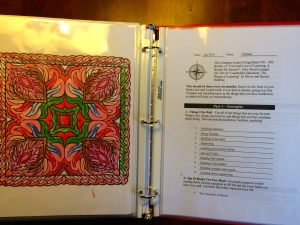
Simple. Clean. Minimal work on Mom or Dad’s part. At the end of every “school year,” I will either retire their binder or take out their pages and have them bound at an office supply store and then store them in a box for future reference. At some point I will also include snapshots from the year.
What about you? What do your binders look like? I would love to peak!
